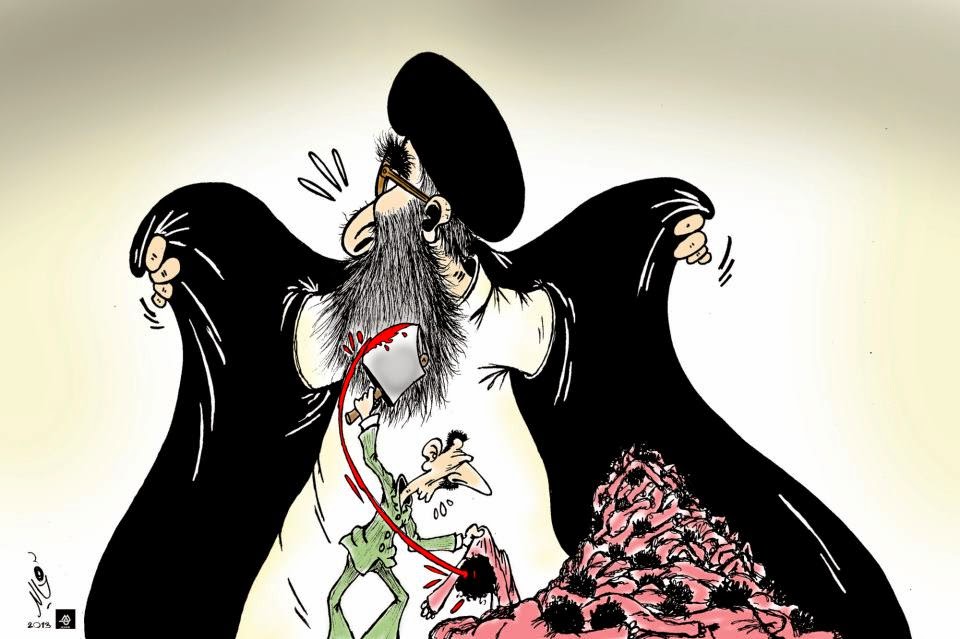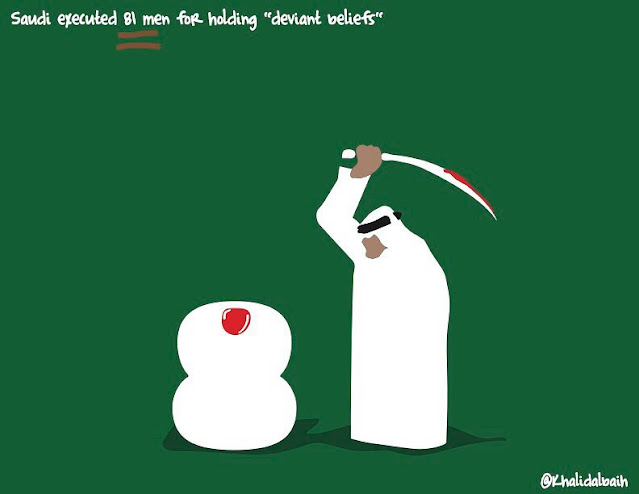On the Anniversary of the Kristallnacht
A wall that has seen all too much. As imagery it is not intentional; the reality of it, however, was very much so. The Kristallnacht in which German Jews were attacked and murdered and about 30.000 deported to concentration camps, while their property was destroyed and burned down, took place on this day in 1938 and November 9 is a day to reflect on one of the reasons the Holocaust that ensued became a reality.
 |
| A wall within a gas chamber in Auschwitz. Photo: Niels Larsen, 2014. |
In terms of intentionality, cartooning was explained as one of the core reasons that made the genocide possible. The intentions had a name: Julius Streicher, the editor of the Nazi weekly Der Stürmer:
"Typical of his teachings was a leading article in September, 1938, which termed the Jew a germ and a pest, not a human being, but "a parasite, an enemy, an evil-doer, a disseminator of diseases who must be destroyed in the interest of mankind".
The last paragraph above is a transcription from his verdict when he was placed among the 12 main accused on the two front benches in the Nuremberg trial November 1945.
As for himself he declared when put to trial that he had "never committed a crime". Maybe not physcially so (although, well, he committed more or less all crimes in the book in his lifetime, and he was personally responsible for burning down the synagogue in Nuremberg during the Kristallnacht), but the name of the weekly, Der Stürmer says it all. A "Stürmer" is an attacker; this was a weekly on taking action.
Streicher did not draw himself. He had Philip Rupprecht at hand to each week turn humans into creepy animals of the type that spreads disease. Rupprecht was given a prison sentence at Nuremberg, the main culprit, though, remained Streicher who was convicted for two types of actions: For creating an understanding of a necessity to select and then murder the country's own citizens, and then paving the road to take them from their normal life to a gas chamber.
To create an understanding he saw to that the very same type of drawings and articles were met with by its readers "week after week, month after month" to quote the Nuremberg verdict. At its height in 1935 the weekly had ca. 600.000 readers, but massive posters, actually specially made encasings hung in the street made certain everyone was exposed to the drawings on a constant basis.
Once the status of "vermin" was established he began the call for the extinction in 1938, the year of the Kristallnacht, and in Nuremberg 23 articles were laid out in evidence dating 1938-41 in which he preached "root" and "branch" to be extinguished.
He continued his call for mass murder at a time when he knew it had already long taken place, he even printed the numbers of the dead, making certain reflection had no place that could risk the Nazi enterprise.
Streicher was convicted for crimes against humanity. His victims were not the virus, he was the infection, as the verdict concluded.
 |
| Gas chamber in Auschwitz. Photo: Niels Larsen, 2014. |
Streicher is the extreme case of what cartooning can accomplish. He deliberately chose to propagate death and was all too successful. He was all the more declared guilty in that he had proven that given the will, he could have done the very opposite. Not only could he have changed a situation for the better, he could even have created a voice for it never to have taken place. In convicting him there is not only a belief in man and the free will; there is too a belief in cartooning.
The photos shown are courtesy of Niels Larsen and must not be reproduced without his permission.

